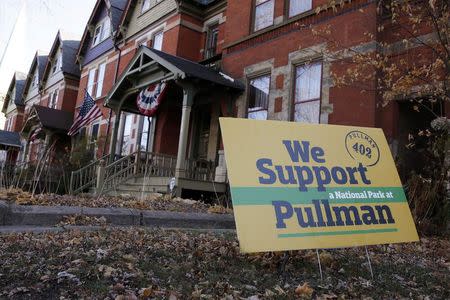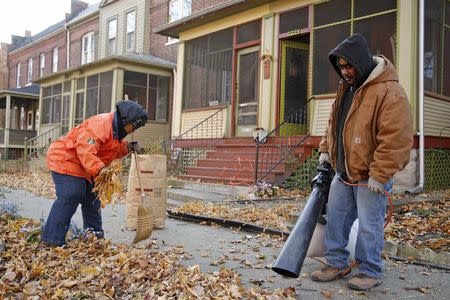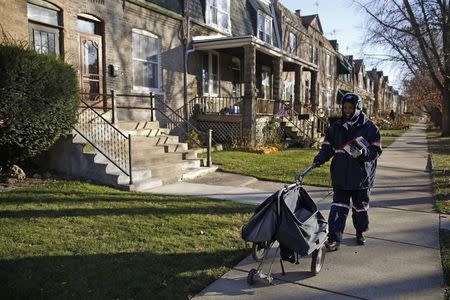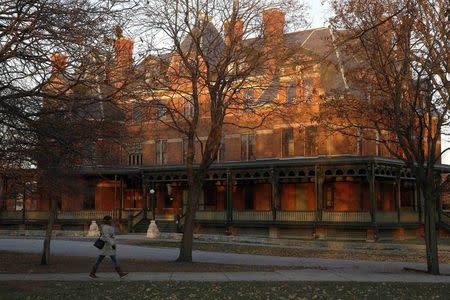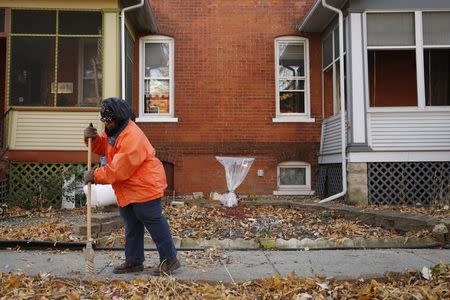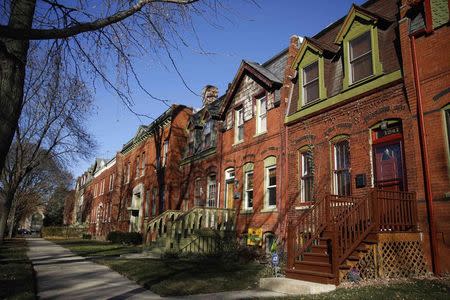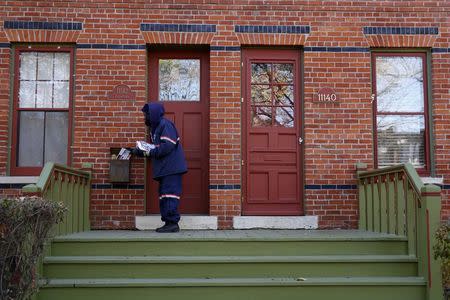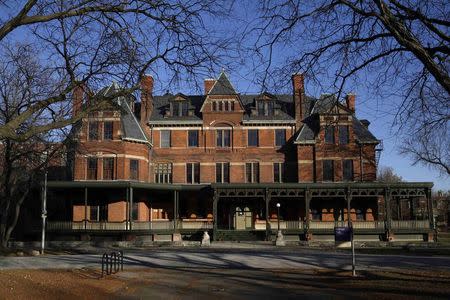President Obama to make Chicago district a national monument
By Mary Wisniewski CHICAGO (Reuters) - President Barack Obama will designate part of Chicago's Pullman neighborhood, a site famous in the history of urban planning, labor and the civil rights movement, as a national monument, the White House said on Tuesday. Obama once worked as a community advocate in the neighborhood on the far south side of the nation's third largest city. The district's brick homes and ornate public buildings were built in the late 1800s by industrialist George Pullman as a blue-collar utopia to house workers for his railroad sleep car factory. An 1894 strike by workers led to bloody conflicts. Pullman car workers later organized as the first African-American-led union chartered by the American Federation of Labor. It is credited with helping build the nation's black middle class. "It is a place where people can commemorate, celebrate and learn from our past and discuss the future of our nation," Michael A. Shymanski, president of the Historic Pullman Foundation, said in a statement. Obama will make the announcement in Chicago on Feb. 19, a White House official said. Though the National Park Service is associated with natural wonders like geysers and forests, there are 28 different kinds of national parks, including battlefields, recreation areas and cultural sites. This includes urban locations like the Statue of Liberty in New York City. The Pullman designation has bipartisan support in Illinois. Last year, U.S. Senators Dick Durbin and Mark Kirk, a Democrat and Republican respectively, offered a bill to establish Pullman as a unit of the National Park System. Obama has executive power under the Antiquities Act to designate a district as a national monument. Obama has used the act 13 times to preserve such sites as the Harriet Tubman Underground Railroad National Monument in Maryland. The Pullman Historic District covers 300 acres. Unlike the dreary tenements of many factory workers at the time, the homes had plumbing and were spacious and attractive. It was a tourist attraction during the 1893 World's Fair in Chicago. But an economic depression caused Pullman to lower wages, and a strike was called. This led in 1894 to a national industry walkout, and dozens of people were killed. The Brotherhood of Sleeping Car Porters was organized by civil rights leader Asa Philip Randolph in 1925. The Pullman buildings fell into disrepair, but much has been restored through community efforts. Ninety percent of the original Pullman housing is still standing, Shymanski said. (Reporting by Mary Wisniewski; Additional reporting by Jeff Mason in Washington)

